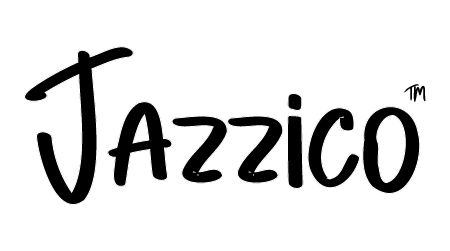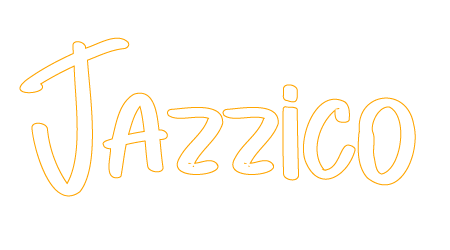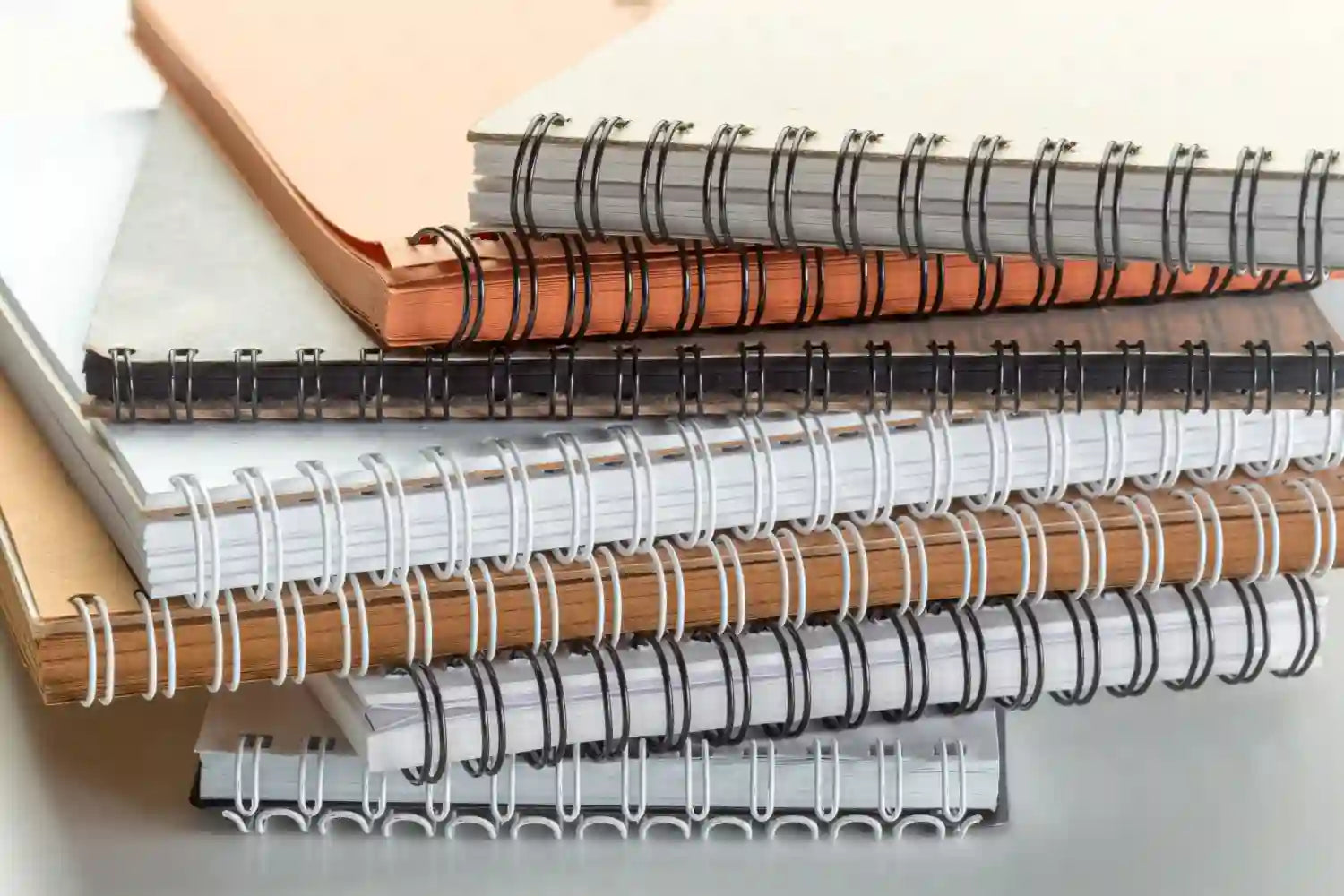Sketchbooks are invaluable tools for artists at all skill levels, serving as a space for experimentation, exploration, and creative development. Whether you're a novice or a professional artist, using a sketchbook can significantly enhance your skills and foster artistic growth. Here's a guide tailored to different levels of experience:
Novice Artists:
-
Choose the Right Sketchbook:
- Opt for a sketchbook with good paper quality that suits your preferred medium (pencil, pen, markers, etc.).
- Consider a smaller size for portability and ease of carrying.
-
Start with Basics:
- Practice fundamental drawing techniques like lines, shapes, and shading.
- Experiment with different pencils and pens to understand their effects.
-
Observational Drawing:
- Draw from life to enhance your observational skills.
- Focus on everyday objects, people, and scenes.
-
Learn from References:
- Use references to understand proportions and details.
- Explore online resources or books for reference images.
-
Try Different Styles:
- Experiment with different art styles to find what resonates with you.
- Don't be afraid to copy or imitate artists you admire as a way of learning.
Intermediate Artists:
-
Diversify Your Subjects:
- Expand your subject matter to landscapes, animals, and more complex scenes.
- Incorporate elements like perspective and composition.
-
Experiment with Mediums:
- Try using different art supplies like watercolors, ink, or colored pencils.
- Mix mediums to create unique effects.
-
Theme Exploration:
- Consider dedicating sections of your sketchbook to specific themes or projects.
- This helps in building a cohesive body of work.
-
Develop a Daily Habit:
- Aim to sketch regularly, even if it's just for a few minutes each day.
- Establishing a routine boosts creativity and skill development.
-
Seek Constructive Feedback:
- Share your sketches with peers or online communities.
- Constructive criticism can help identify areas for improvement.
Professional Artists:
-
Specialization:
- Focus on specific subjects or themes that align with your artistic goals.
- Develop a signature style that sets your work apart.
-
Sketch as a Preliminary Step:
- Use your sketchbook as a place for brainstorming and planning larger pieces.
- Experiment with compositions before committing to a final artwork.
-
Document Your Process:
- Record your thoughts, inspirations, and creative process alongside your sketches.
- This serves as a valuable reference for future projects.
-
Incorporate Mixed Media:
- Integrate unconventional materials into your sketches for added texture and depth.
- Explore digital sketching tools and tablets.
-
Teach and Share Knowledge:
- Create tutorials or workshops based on your sketchbook work.
- Sharing your expertise can reinforce your own understanding of artistic concepts.
Remember, the key to progress is consistent practice and a willingness to push your boundaries. Sketchbooks are personal, evolving spaces that reflect your artistic journey, so embrace the freedom to experiment and grow.



Leave a comment
All comments are moderated before being published.
This site is protected by hCaptcha and the hCaptcha Privacy Policy and Terms of Service apply.